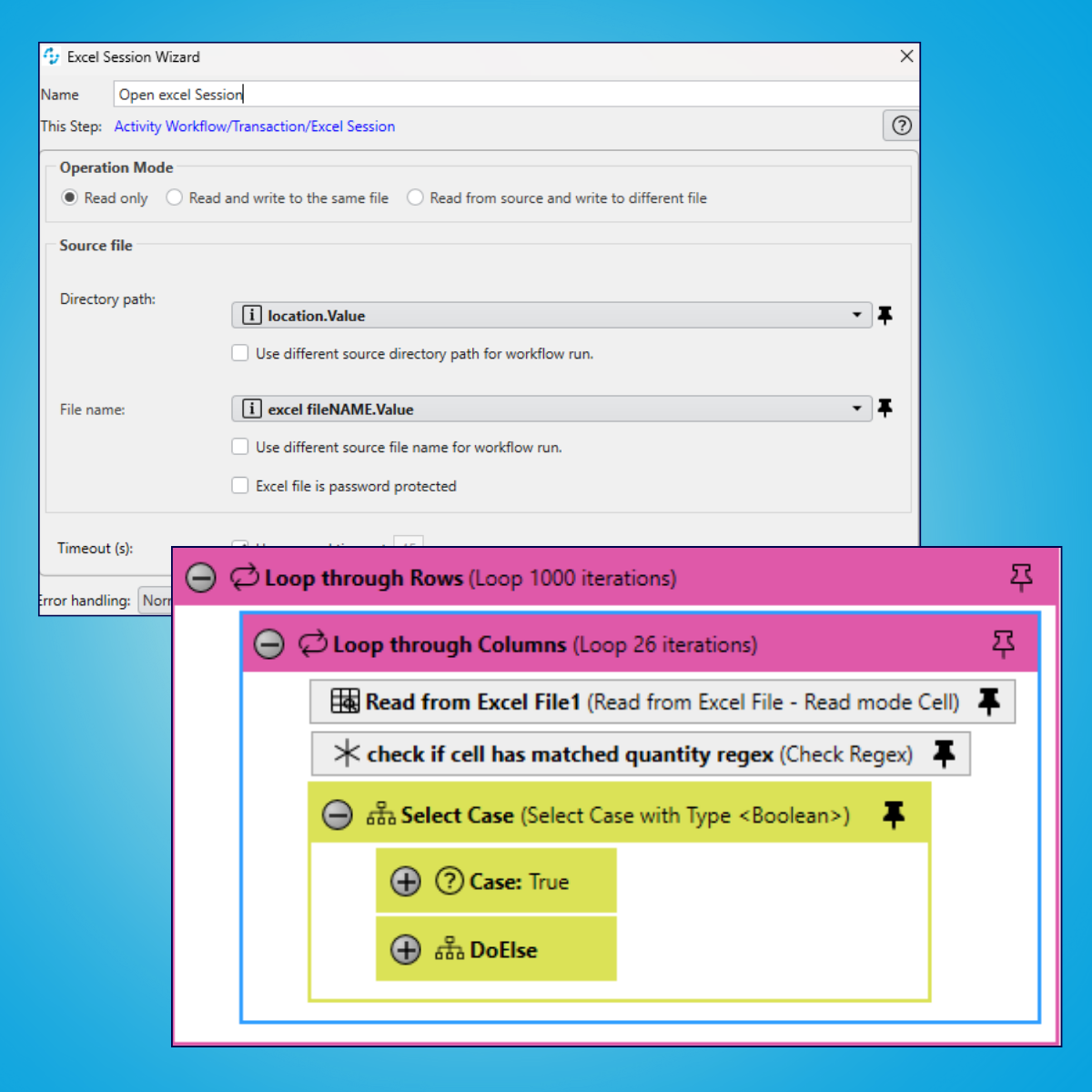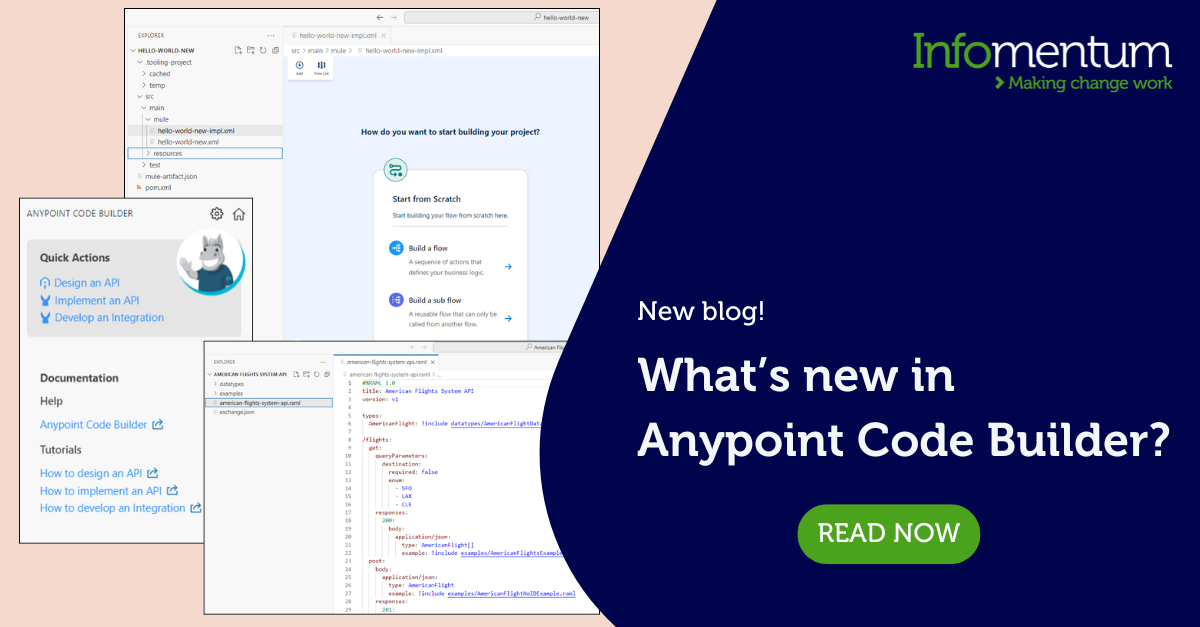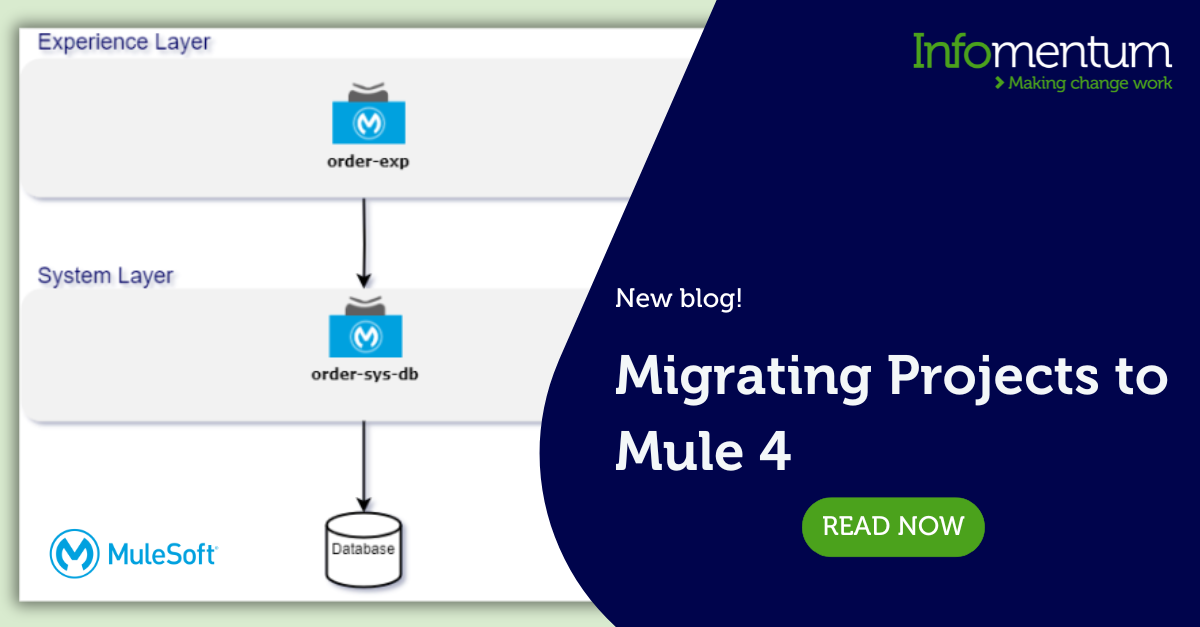Now that summer is coming to an end here in the UK, it’s time to look back at some more exciting features introduced by MuleSoft over the last few months. So in saying that, welcome to the 9th blog in the series on Anypoint Code Builder!
Summer 2025 Anypoint Code Builder Release
By Olga Kepa, MuleSoft Developer on Sep 15, 2025
Building with Agentforce in MuleSoft Anypoint Code Builder
By Olga Kepa, MuleSoft Developer on Jun 2, 2025
It’s been a while since my last write up on MuleSoft Anypoint Code Builder. While several new features have been introduced this year, I want to focus on MuleSoft’s artificial intelligence (AI) integrations. Let’s be honest, AI has been a hot topic for a while and isn’t going away anytime soon. So in this blog, I’ll guide you through using the Agentforce Generative Flow feature in Anypoint Code Builder and also share some practical tips along the way to help you get the most out of it.
October 2024 Anypoint Code Builder Release
By Olga Kepa, MuleSoft Developer on Dec 2, 2024
Have you checked out Anypoint Code Builder lately? There has been another major release since my last blog, but don't worry, I’m here to guide you through the recent changes.
Supporting post-crime communication with APIs
By Alex Colley, Summer Intern on Sep 12, 2024
Everyone has, at one point or another, experienced a period of agonising waiting. Whether it be awaiting the results of a job interview, exam results or even waiting in an online queue to get the chance to grab some concert tickets, I’m sure that everyone can agree waiting around for things to happen is a deeply unpleasant feeling. Certainly for me, sitting through the week before A-Level results day felt (almost) worse than taking the exams did! Now imagine how stressful it must be for victims of crimes who are awaiting updates to their investigations.
Understandably, many people want to check in on the progress of their ongoing investigations: in fact, one of our clients found that 20% of inbound calls were from victims seeking updates to their cases. If victims of crime were able to access this information in a more timely manner, it would open up police time that could be allocated to support additional tasks, as well as help reduce stress for people going through the post crime journey.
Setting Boundaries in Hyperautomation Projects
By Siddharth Sharma on Aug 14, 2024
Working in the automation space is both exciting and challenging. In a recent hyperautomation project with a client, I was provided invaluable insights into the complexities and nuances of automating business processes using MuleSoft RPA.
Here's a detailed look at my experience, the challenges faced and the lessons learned, along with a project glance on automating quotes in Excel and PDF formats.
Summer 2024 Anypoint Code Builder Release
By Olga Kepa, MuleSoft Developer on Aug 1, 2024
It’s been some time since my last blog on Anypoint Code Builder, so today, I'll guide you through its most recent changes. The latest release was in June, and to say it was a big one is an understatement!
Quote to Cash Automation - Improving Comparisons Using Algorithms
By Santosh Sundar on Jul 25, 2024
Occasionally, I’ll come across a project where I encounter an interesting challenge or two. In one of these instances, I was working on an automation project for a customer who wanted to ingest all of their quotes from different suppliers into their Salesforce application. The quote documents were highly unstructured PDFs and Excel files, requiring the design of a bot which would extract data from these files and ensure that mandatory information was loaded into the Salesforce application using OCR technology.
My Journey with MuleSoft's Robotic Process Automation
By Siddharth Sharma on Jul 18, 2024
Introduction
When I embarked on my latest project involving MuleSoft's Robotic Process Automation (RPA), little did I know it would be one of the most challenging yet rewarding experiences of my professional journey. As someone who enjoys solving complex puzzles, I was eager to dive into the intricacies of RPA; however, I soon realised this project would test my skills and patience in ways I hadn't anticipated. Balancing work and personal life became crucial, as late nights and early mornings became routine. However, with a steadfast commitment to overcoming each obstacle, the end result was immensely satisfying.
What’s New in Anypoint Code Builder?
By Olga Kepa, MuleSoft Developer on May 16, 2024
It’s been some time since my last blog on Anypoint Code Builder. Since then, there have been a number of changes made to the IDE, so I will guide you through the recent updates that have been made and compare it to previous versions.
Migrating Projects to Mule 4
By Olga Kepa, MuleSoft Developer on Mar 28, 2024
Throughout the last three years of an engagement with one of our customers, we’ve migrated many interfaces to Mule 4. In this blog, I’ll share insights into my experience working on the design and development of Mule 4 interfaces.



.png)
.png)
.png)
.png)





